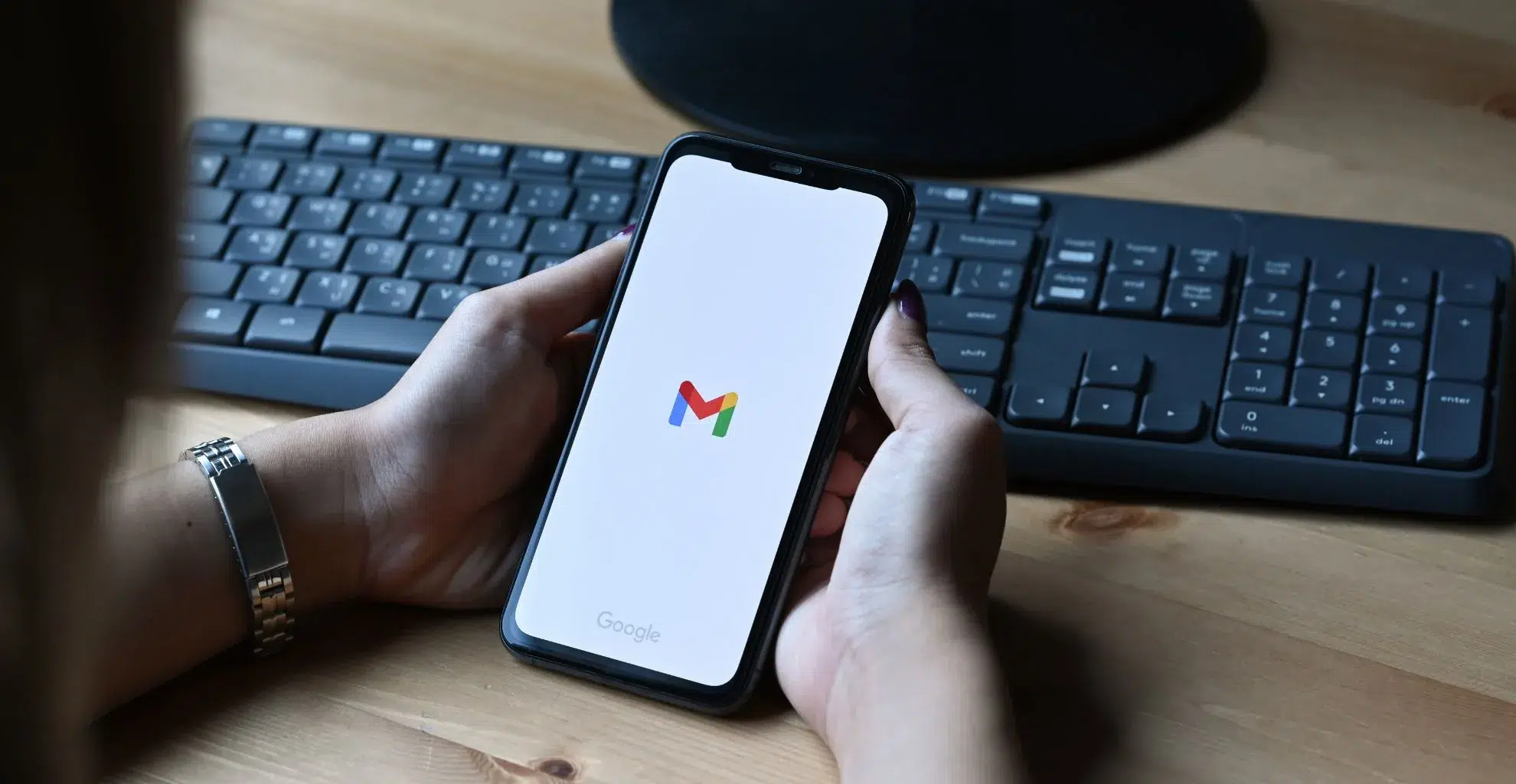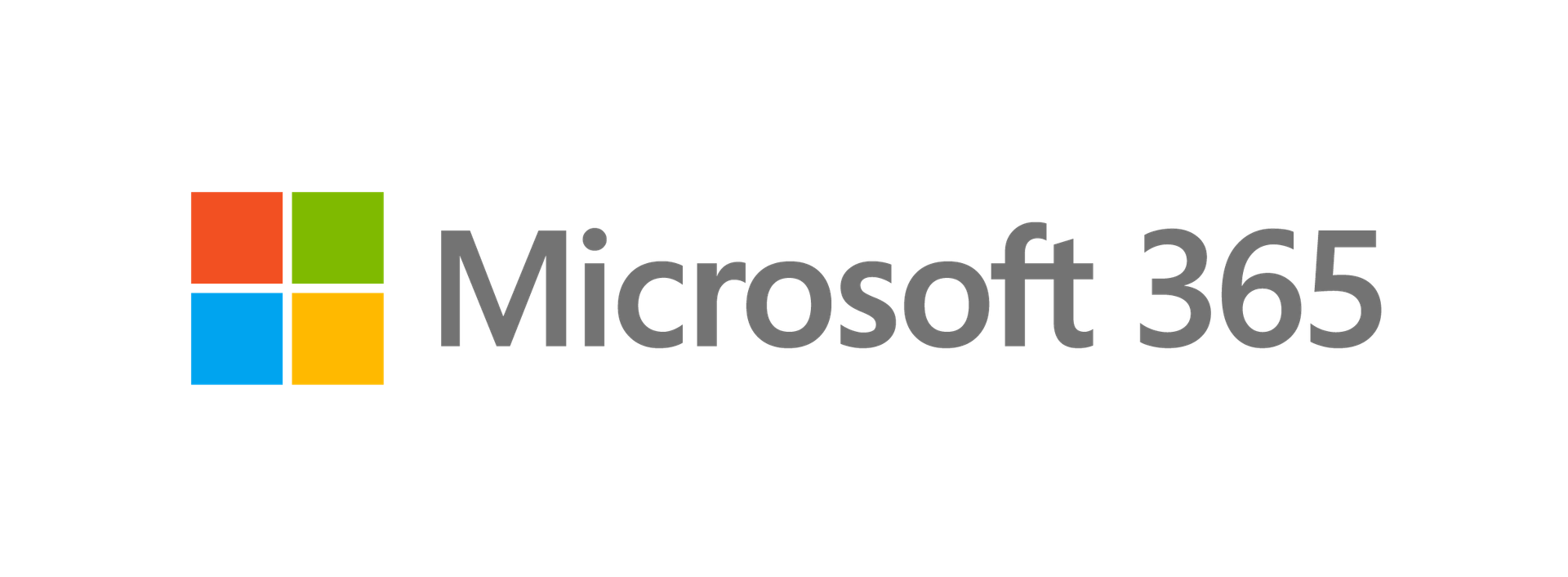L’ottimizzazione delle immagini SEO is one of the most important aspects of improving a website's ranking in search engines. Often underestimated, this practice is fundamental for speed up page loading, improve theuser experience and increase the visibility in search results. In this guide we will go in depth into the key points for optimising the images on your website, with practical tips and applicable examples.
Why Image Optimisation is Crucial for SEO
Images are not just a visual element; directly influence the loading speed of a website and, consequently, search engine rankings. Googlefor instance, considers loading speed one of the most relevant metrics for determining a site's ranking.
Loading speed and impact on SEO
Images that are too heavy can considerably slow down the loading time of pages, causing:
- Increased bounce rateUsers abandon the site if pages take too long to load.
- Penalisations in search enginesGoogle tends to favour the fastest sites in search results.
An optimised site not only performs better but also provides a better user experienceincreasing dwell time and interactions.
User experience
A site that loads high quality images quickly improves user perception. This aspect is crucial for:
- Increasing conversions nei siti e-commerce.
- Enhancing Reputation and the reliability of the online brand.
Recommended Image Formats: Which to Choose?
The choice of image format plays a key role in optimisation. Here is an analysis of the most common formats and their main uses:
JPEG
- Ideal for photographs and images rich in detail.
- It offers a good compromise between quality e file size.
- It supports high compression, reducing the size without too much loss of quality.
PNG
- Perfect for images with transparent backgrounds or logos.
- High qualitybut often larger in size than JPEG.
- Use it only when background transparency or sharp details are required.
WebP
- Recommended web formatsupported by almost all modern browsers.
- Reduces file size by up to 30% less than JPEG or PNG, maintaining high quality.
- Great for improving loading speed without compromise.
Council: Use tools such as Squoosh to easily convert images to WebP.
Reducing File Sizes: Tools and Techniques
Reducing file sizes is essential for improve site speed. Here are some useful techniques and tools:
Image Compression
- Lossy compression:
- It drastically reduces size while sacrificing a small amount of quality.
- Useful for images that do not require high precision.
- Lossless compression:
- It retains the original quality while reducing the size less.
- Ideal for professional images or those with important details.
Recommended tools
- TinyPNGPerfect for compressing PNG and JPEG without visible loss of quality.
- ImageOptim: Free tool for optimising images on Mac.
- ShortPixel: Plugin per WordPress che ottimizza automaticamente le immagini caricate sul sito.
Practical advice
Before uploading an image to your site, make sure it does not exceed 500 KB. This value is a good starting point for keeping the site fast without sacrificing visual quality.
ALT and TITLE Attributes: Improve Accessibility and Visibility
Attributes ALT e TITLE are essential to ensure that images are properly indexed by search engines and accessible to users with disabilities.
ALT attribute
- Describes the content of the image to search engines.
- Essential for accessibility (e.g. for screen readers).
- Use relevant keywordsbut avoid overdoing keyword stuffing.
Example:
TITLE attribute
- It provides a tooltip visible when hovering the mouse over the image.
- It may be less important for SEO, but it improves the user experience.
Practical tip: Write ALT and TITLE in a descriptive and natural way. Avoid repeating the same information in both attributes.
Image Sitemap: How to Help Google Find Your Images
A sitemap of images is an XML file that informs Google about all the images on your site. This is particularly useful for:
- Indexing images that are not directly linked to HTML content.
- Improve visibility in Google Image results.
How to create an image sitemap
- Use tools such as Yoast SEO o Rank Math to automatically generate the sitemap.
- Make sure to include all relevant images, including those loaded via JavaScript.
Example of a sitemap:
- Submit the sitemap via Google Search Console to ensure indexing.
L'SEO image optimisation is not just a technical detail, but an indispensable strategy for improving the visibility and efficiency of a website. Adopting good practices such as choosing the correct format, compressing files, using ALT/TITLE attributes and creating a dedicated sitemapyou will achieve a faster, more accessible and competitive site.
If you want to take your site to the next level, start optimising your images today! Do not underestimate the potential of a fast and visually appealing site.







